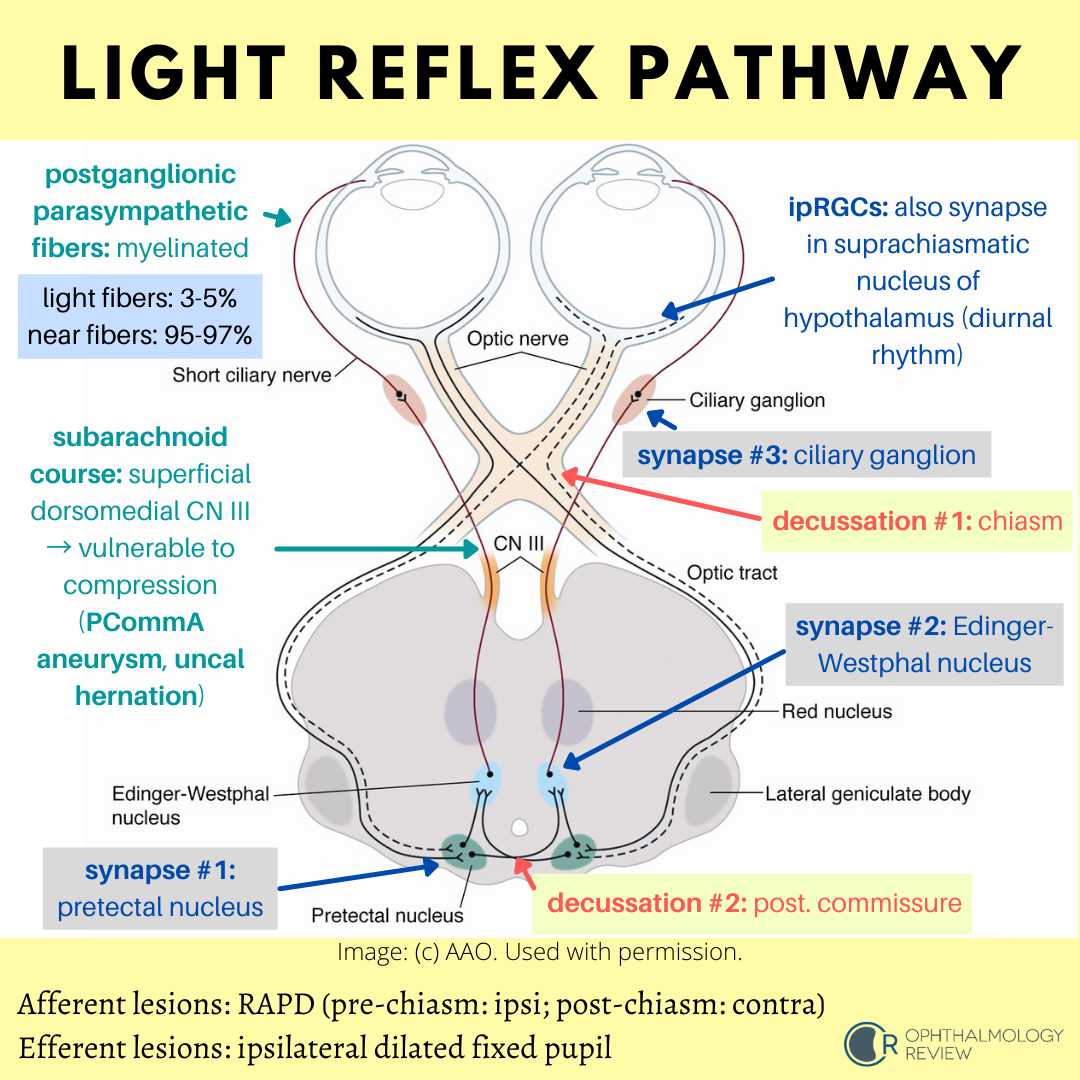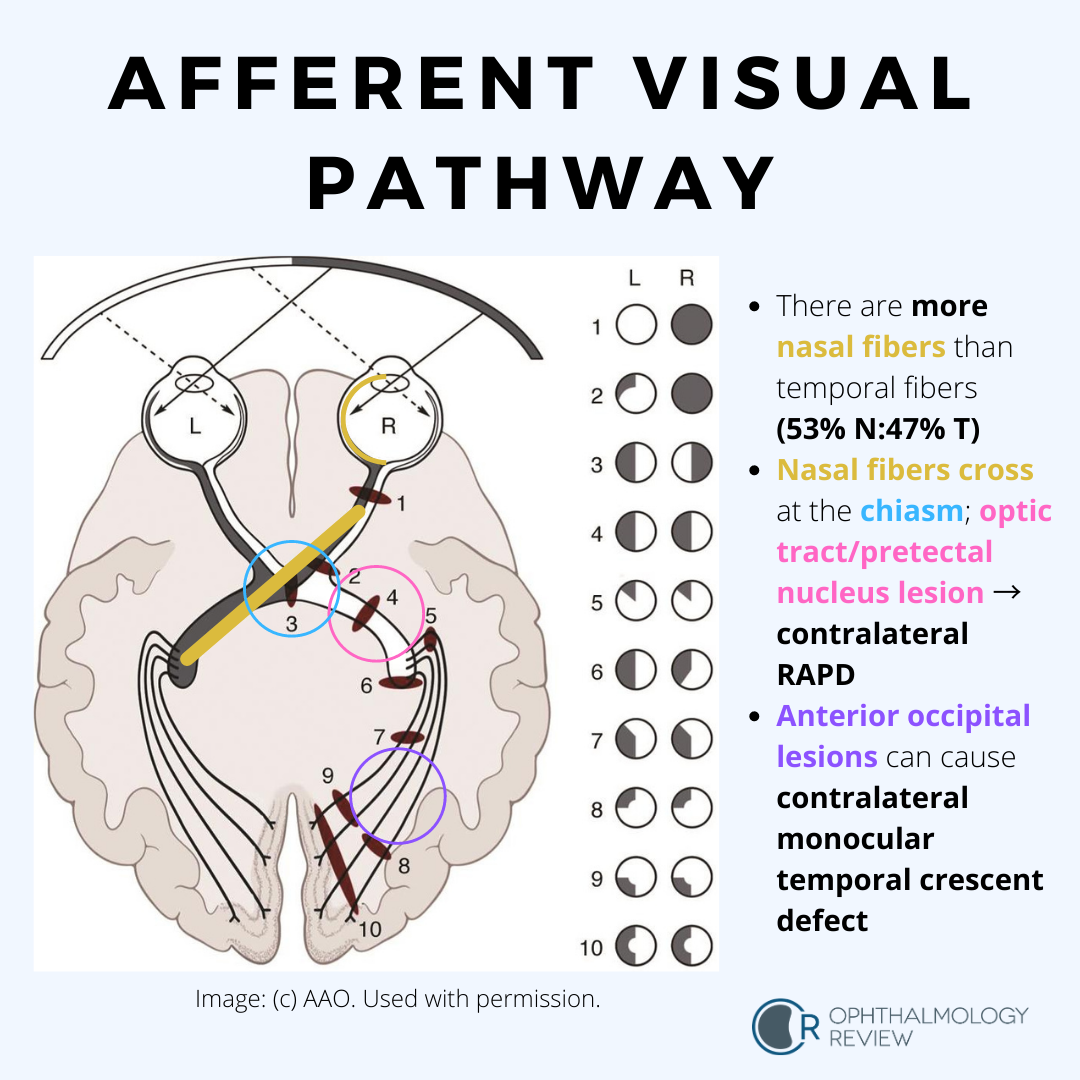Binocular (fusion) eye movements are synchronized eye movements that help maintain a clear and steady single image despite having two eyes, 12 extraocular motility muscles, and six cranial nerves controlling everything.
My residents often consider binocular eye movement-related problems and understanding the systems governing fusion as some of the more challenging problems encountered in ophthalmology and neuro-ophthalmology. The symptoms are often vague and difficult to describe. Furthermore, assessing and describing abnormal binocular eye movements are often subtle or challenging.
While ductions (ocular rotations) and alignment are often better conceptualized, abnormalities in binocular eye movements can be just as impactful to vision as strabismus or gaze palsy.
There are six different binocular eye movements:
Fixation
Saccades
Smooth pursuits
Vestibular-ocular reflex
Optokinetic system
Vergences
While the Basic and Clinical Science Course explains these systems in detail and shows the underlying pathways that govern each system (important for localization of lesions), I typically teach residents to consider these movements based on what the eyes are doing, what the head is doing, what the object of interest is doing, and how fast the movements are. All these movements are supranuclear (that is, the signals that control these movements are initiated before the cranial nerve nuclei are activated), so diseases that cause abnormalities in these eye movements affect cortical or brainstem structures rather than peripheral nerves or muscles.







